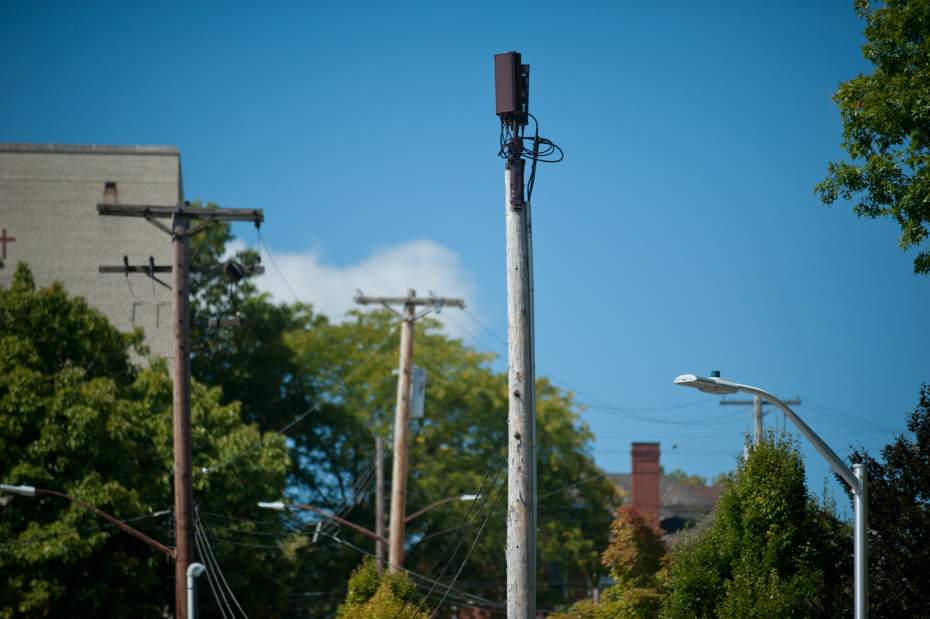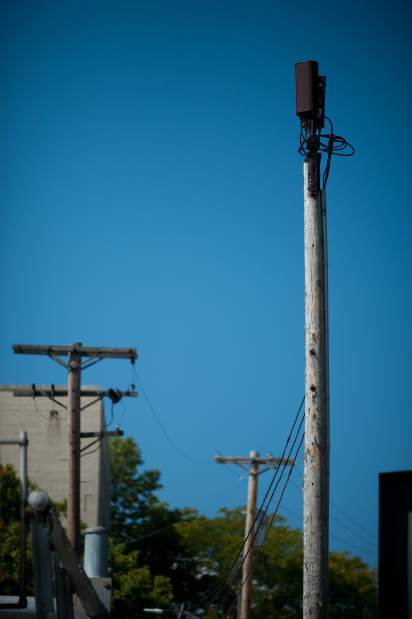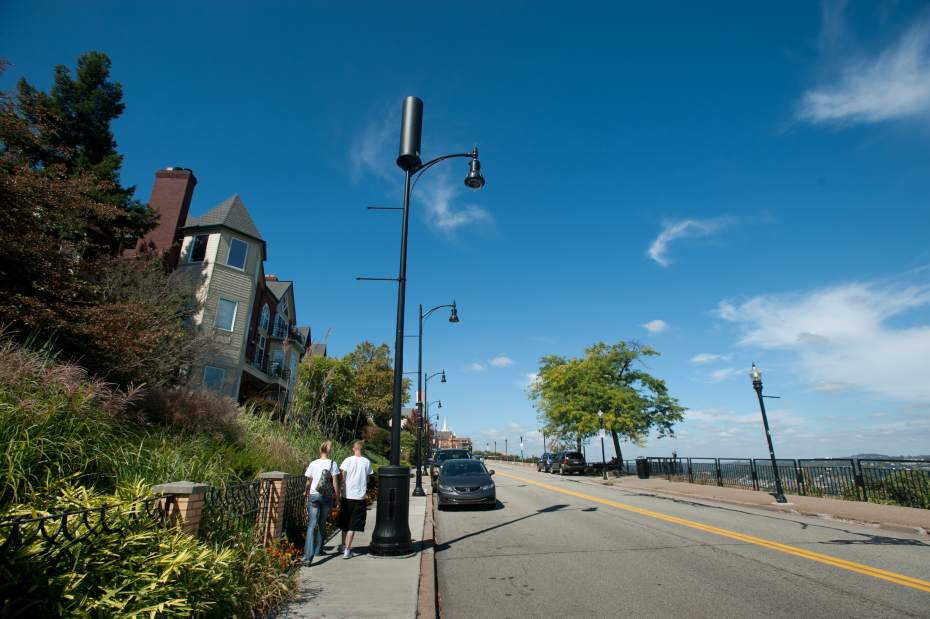Municipalities jump ahead of cell tower antenna systems
The more wireless broadband service consumers get, the more they want, experts say.
A huge increase in demand has led companies to boost capacity by installing distributed antenna system networks, or DAS, to fill service gaps in densely populated areas using public rights of way.
Municipalities across Pennsylvania are moving to regulate the placement of such systems.
“They have not approached Marshall yet, but we want to be ready when they do,” township Manager Neil McFadden said.
Marshall supervisors hired Daniel Cohen of the Cohen Law Group, an O'Hara firm specializing in cable and telecommunications work, to amend the township's cell tower ordinance.
If nothing on the books addresses DAS, municipalities may have no say about where companies install antennas, said Cohen, whose firm is drafting DAS-related ordinances for several towns to address placement, design, context and the approval process.
The systems have led to some legal battles.
In 2012, Northampton Township in Bucks County, represented by Cohen, sued American Tower Corp. in federal court over the company's installation of DAS on utility poles when residents complained about their appearance. American Tower agreed to move them to major roadways with above-ground poles.
Cell service providers or infrastructure companies install DAS, sometimes referred to as “small cells,” on streetlights or traffic lights.
Shorter and less powerful than typical cell towers of 90 to 100 feet high, DAS networks attach antennas to several poles 25 to 45 feet high. The poles connect to a central hub by buried fiber-optic cables to provide more coverage and capacity for cellular networks.
Crown Castle International Corp. of Houston is the largest wireless infrastructure provider in the United States. The company, with an operations base in Canonsburg, has 13,000 small-cell nodes and 40,000 traditional cell towers nationwide.
Carriers such as Verizon and AT&T pay for access to Crown Castle's infrastructure, and the company seeks approval from municipalities to expand it, said Robert Ritter, government relations counsel.
“We are investing a very significant amount of our capital in these communities to build our network that we intend to operate for decades,” he said.
Crown Castle has two small-cell node systems in Allegheny County: 13 nodes cover portions of Fox Chapel and O'Hara, and five are on light poles on Mt. Washington's Grandview Avenue. The company is developing 34 node locations in Butler County, Ritter said.
Some sections of Mt. Washington are known for spotty cell service, said James Eash, director of economic development for Mt. Washington Community Development Corp.
Cranberry has 11 traditional telecommunication towers or antennas but no DAS. Township supervisors last week unanimously approved allowing DAS. Manager Jerry Andree said officials just want them “in a location that is consistent with our community's character.”
Cohen's firm is reviewing ordinances or drafting DAS-related ordinances for 12 of the North Hills Council of Governments' 19 member municipalities, said Wayne Roller, executive director of the council.
Wilkins will need to revise its ordinance, township Manager Rebecca Bradley said, because cell companies eventually will seek locations there.
“We have areas in the township where cell calls are dropped routinely because of poor service areas,” she said.
Tory N. Parrish is a Trib Total Media staff writer. Reach her at 412-380-5662 or tparrish@tribweb.com.




